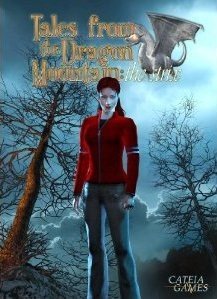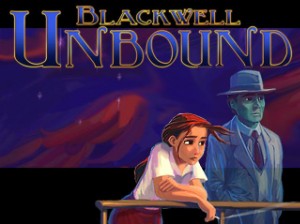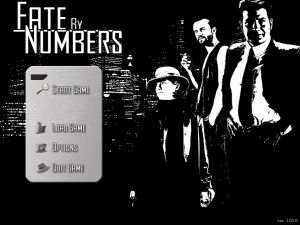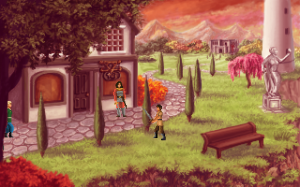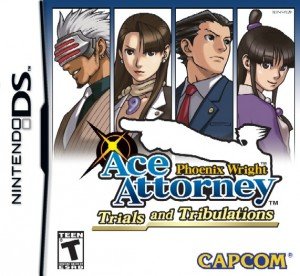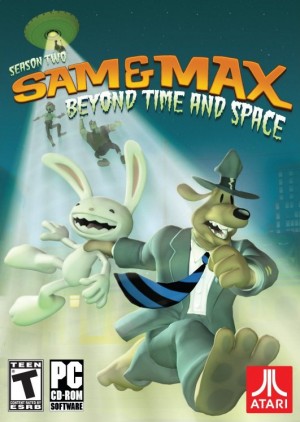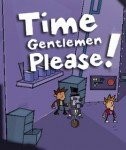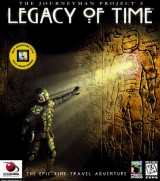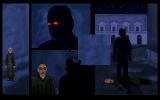Review for Tales from the Dragon Mountain: The Strix

Cateia Games' Tales from the Dragon Mountain: The Strix is the newest lite adventure from the developers who previously brought us The Legend of Crystal Valley. Although not directly related, the new game marks the studio’s first return to the fantasy genre since then, raising expectations that it would build on the success of its predecessor. But while this game is pleasing to look at and can be mildly enjoyable at times, Dragon Mountain takes a much more casual approach, with very little story development and easy puzzles that will appeal mainly to gamers wanting a stress-free experience.
Players step into the role of Mina Lockheart, who is haunted by nightmares of her grandmother’s house in flames long after she has passed away. Mina decides to visit the house hoping to put her nightmares to rest and find some kind of peace. What she finds instead are some incredible secrets from her grandmother’s past that lead her on a quest to save the surrounding forest and mountain from an ancient evil known as the Dark Lord Strix.
This premise certainly had potential, but unfortunately the story is shallow and predictable, serving mainly as a backdrop for the puzzles with hardly any details to flesh out the plot. Mina’s tale involves helping creatures that her grandmother kept safe from Strix when she was alive. With the death of her grandmother years ago, the creatures have fallen under the Dark Lord’s spell, and it is up to Mina to break them free. This is really as deep as it gets; the plot never offers any real background about this fantastical world and its inhabitants. They’re merely devices to slow your progress towards a final confrontation with Strix, whether it’s creating a potion to revive a tree spirit or securing a hungry beast-like treasure chest.
The game is split into six chapters, with each set in a new location. A variety of characters “help” Mina in her quest, from her green-skinned, gnome-like sidekick Malik to a jealous fairy and a frightening werewolf, but most only make a brief appearance, quickly left behind and forgotten. The characterization of Mina and Malik offers a little more depth, although not much. Mina’s incredulous reactions to talking trees and flying ships are believable and makes the character seem more realistic, although we learn nothing about her beyond that. Near the beginning, Malik seems like he’ll be just one more forgettable supporting character, but he grows on you by the end of the game. He doesn’t actually do anything to assist Mina, mind you, besides popping up occasionally to give her someone to argue with during her journey.
Dragon Mountain has three different difficulty settings that can be changed at any time: easy, casual, and adventure. Each setting provides a hint button that needs to be recharged between uses. When activated, clicking it highlights relevant items on-screen, though it also highlights interactive spots like doors, which can be frustrating when you have not found the key yet and know you have to use the door already. If there is nothing left to do in a room, there’s no useful feedback offered at all. Each difficulty setting also has the option to skip puzzles after a certain amount of time, and a task list that keeps track of your current objectives, though only in the vaguest, most general way possible.
The easy setting has a faster hint recharge time and highlights active hotspots by default with an intermittent sparkle. The casual setting does not have this sparkle, but does include the same “find item” panel, which lists all objects to be found in the current scene. The hardest setting feels most like a traditional adventure, offering no immediate help in locating and acquiring items. Even on this setting, however, the puzzles very rarely challenge players to think for themselves, opting instead to do most of the work for you. For example, the game automatically combines certain inventory items when you have all of the pieces, often assembling them before you even know you need the new item for a puzzle. The only thing making the puzzles harder is a lack of input at times, with some hotspot clicks yielding no useful information.
When a standalone puzzle is started, the instructions tell you what you need to do at the bottom of the screen, at times a bit too descriptively. It would have been nice to make this optional, allowing players to figure the objective out for themselves if so desired. For example, Mina finds a stick with different symbols on it, and you’re told what word you need to spell out in a different language, even though you could work this out on your own from the clues lying around. There are other overly-helpful features as well, like specifically labeling the objects you pick up. These subtitles can clue you into an item’s use, like a regular jug named a “petroleum jug” to indicate its intended purpose. Such tips can be useful for newer players, but seasoned gamers not only won’t need to use many hints, but will be frustrated with the lack of brain power needed.
There are several types of activities in Dragon Mountain, most of which make sense, although one puzzle involving placing colored crystals in the correct spots didn’t seem to have any reason behind the order. The inventory puzzles are very simple, solved just by clicking items onto the appropriate hotspot. You’ll carry a moderate amount of inventory at any one time, and it is usually common sense which item to use for what purpose. Some of the puzzles have been needlessly streamlined, like one involving collecting small clay planets to use on a door lock. Strangely, instead of requiring you to insert the planets in sequence yourself, the game automatically places them for you.
There are some ring rotation puzzles to solve as well, plus several items to assemble once you’ve collected the necessary parts, like pieces of paper or statue parts. It’s not always clear where to construct them, however, so be sure to click the close-up option of each inventory item when available. These are a little more difficult than the standard inventory puzzles, but are still easily doable since the outlines of the objects are clearly visible and there are so few pieces. There are unique, identifiable tears at the edges of paper scraps, and when put into the proper place, the game locks them there.
Another type of challenge is a match-3 minigame, though it only shows up twice. As its name suggests, a screen of different colored tiles is displayed, and you have to align three of the same type in a row by swapping adjacent tiles. This task comes up when Mina meets an enemy, and it’s how she fights them. Every time you match three tiles, the “power” of the enemy decreases, so the more tiles you match, the more the enemy weakens. You can die from these minigames, either by inadvertently matching skull tiles that hurt you or by running out of time. However, there is plenty of time to finish, and these encounters really aren’t stressful. Death is never final anyway. If you do die, you’ll just restart the minigame immediately with no penalty.
Control is done through a traditional first-person slideshow format, with arrows pointing to puzzles you can approach up close or any direction you can move when you mouse over the screen edges. This includes a downward arrow for moving backwards, except for one room where it leads to a brand new location, which isn’t at all intuitive. The hotspots for picking up regular items are large and easy to see, so collecting some objects is very easy. However, when multiples of the same type can be picked up, like gears or pottery shards, the task becomes more like a scattered hidden object hunt. The game doesn’t tell you how many pieces you need to pick up, and the hotspots for these aren’t indicated at all, either with sparkles or even a cursor change when sweeping over them. Such items are often well camouflaged in the background in different colors, so you’ll have to scour each screen to find them hidden amongst the scenery as you explore.
The graphics are one of the high points of the game, as they’re bright, colorful, and relaxing to look at. They aren’t particularly detailed, but the backgrounds are crisp and clean, and locations range from a realistic garden filled with flowers and a fountain to a fantastical university in the clouds, with large Venus Flytraps keeping guard. Most screens are static, but the game does sprinkle in some ambient movement here and there, like butterflies hovering in one screen and a flying ship in another. Cutscenes and conversations are the only times you can see Mina, though dialogues just show still portraits of each character speaking.
The game is not only subtitled (complete with the odd localization error) but fully voice acted as well. That isn’t always a great thing, however, as some of the acting is corny and over-the-top (like Malik), while others sound stilted (like Mina). It doesn’t detract much from the enjoyment of the game, but it doesn’t do much to make the characters more endearing either. Though suitabably dramatic pieces play when needed, the music is often surprisingly gentle for such an urgent quest, as violins and piano primarily set the mood for cheerful, leisurely exploration. It doesn’t feel repetitive, since after a few minutes of playing the soundtrack just becomes part of the background.
Overall, Tales from the Dragon Mountain: The Strix took me just a few hours to finish and far less time to forget. The lack of story and thought-provoking puzzles won’t turn seasoned gamers’ heads, but the vast array of helpful hints and soothing graphics may appeal to casual gamers and adventurers looking for a lite time-filler on a lazy afternoon. Take your time and enjoy the scenery, however, because really it’s all downhill from there.


